You have no items in your shopping cart.
-
 Home
Home
-
 LED display solutions
LED display solutions
-
 Standing Desks
Standing Desks
-
 TV Mounts
TV Mounts
-
 Robots
Robots
-
 Monitor Mounts
Monitor Mounts
-
 Computer Carts
Computer Carts
-
 Tablet Mounts
Tablet Mounts
-
 Charging Carts
Charging Carts
-
 Smart Lockers
Smart Lockers
- Storage Lockers & Cabinets
- ERGO Accessories
- Medical Furniture
- Video Conference Solutions
- Blogs
- Privacy screen
-
Buying Guides on our products
- LCD & LED TV Trolley in India: The Ultimate Buying Guide
- The Ultimate Guide to Laptop Trolleys in India: Features, Uses, and Innovations
- Video Wall Stand in India: The Ultimate Buying Guide
- The Ultimate Guide to Standing Desks in Bangalore: 10 Key Categories for Every Need
- Tablet Stands in India: The Ultimate Buying Guide
- 25 commonly asked questions about ergonomics in India,
- 25 commonly asked questions about pain-free working in offices in India,
- 25 commonly asked questions about pain-free working in offices in India,
- Telepresence & Telepresence Robots: Transforming Remote Interactions in India
0item(s)
You have no items in your shopping cart.






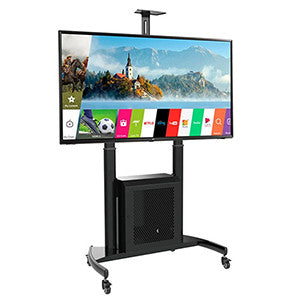

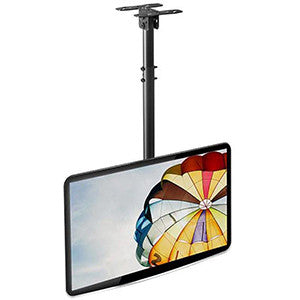

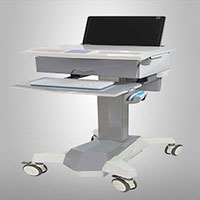
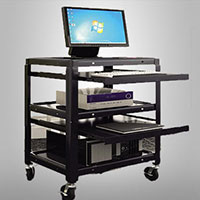
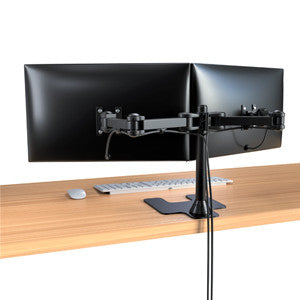
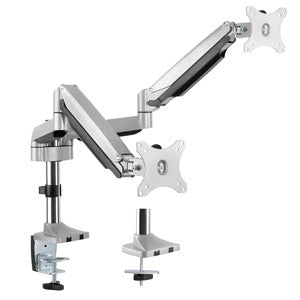
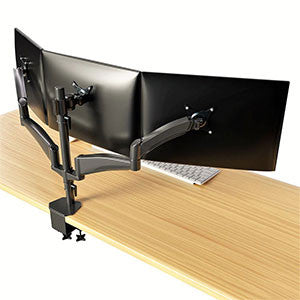

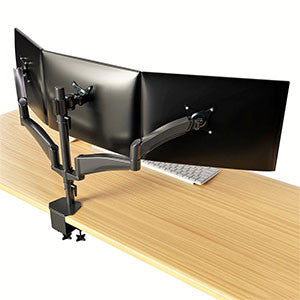

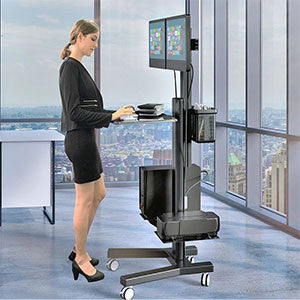

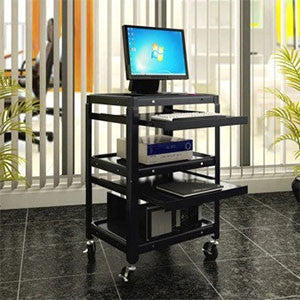








← Older Post Newer Post →